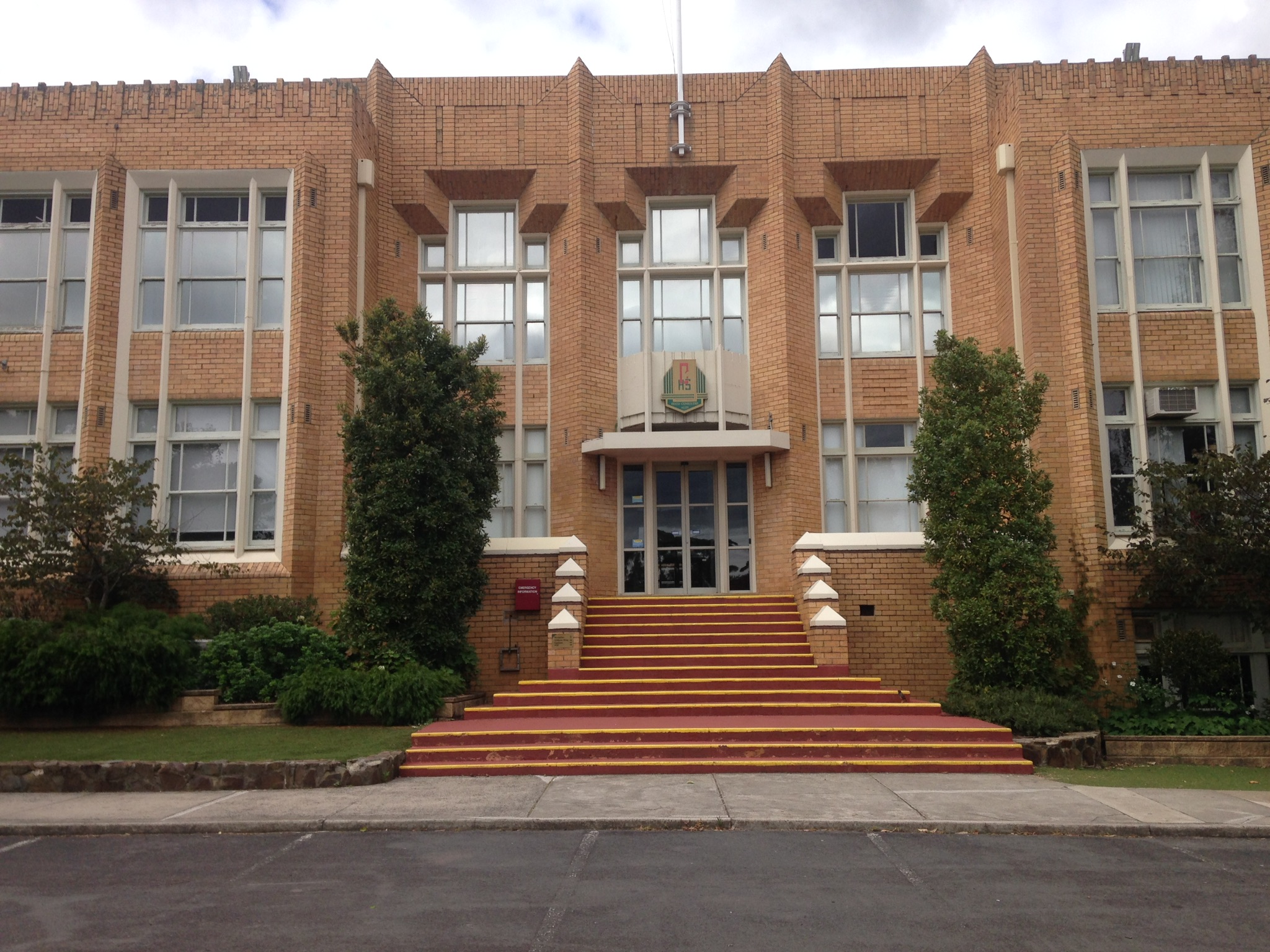|
Lauriston
Lauriston ( ) is an area of central Edinburgh, Scotland, and home to a number of significant historic buildings. It lies south of Edinburgh Castle and the Grassmarket, and north of The Meadows public park. Lauriston is the former location of the Edinburgh Royal Infirmary, which moved to the area in 1879 in search of fresher air at the edge of the city. Rather than build entirely new facilities, the Infirmary incorporated George Watson's Hospital into the new David Bryce-designed complex. The Infirmary operated as a voluntary hospital and teaching hospital for the University of Edinburgh Medical School until 2003, when operations were moved and the buildings sold to a private developer. The complex underwent major renovations to a design by architects Foster and Partners, resulting in the £750 million mixed-use development branded as the Quartermile. As of 2021, the University of Edinburgh is investing £120 million to convert the remaining main Infirmary buildings to hous ... [...More Info...] [...Related Items...] OR: [Wikipedia] [Google] [Baidu] |
Lauriston Castle
Lauriston Castle is a 16th-century tower house with 19th-century extensions overlooking the Firth of Forth, in Edinburgh, Scotland. It lies on Cramond Road South, between Cramond, Davidson's Mains, and Silverknowes. The substantial grounds, Lauriston Castle Gardens, operate as a local park. The castle was bequeathed to the Edinburgh Corporation (post 1975 known as Edinburgh City Council) and hosts the Lord Provost's annual Garden Party. The house is a Category A listed building and the grounds are included in the Inventory of Gardens and Designed Landscapes in Scotland. History A Lauriston Castle stood on this site in medieval times but was almost totally destroyed in the raids on Edinburgh in 1544 by the Earl of Hertford's troops. A tower house was rebuilt around 1590 by Sir Archibald Napier of Merchiston, father of John Napier, for his first son by his second marriage, also named Archibald (1575–1600), known as Napier of Woolmet. Logically, this would be no earlier th ... [...More Info...] [...Related Items...] OR: [Wikipedia] [Google] [Baidu] |
Edinburgh Royal Infirmary
The Royal Infirmary of Edinburgh, or RIE, often (but incorrectly) known as the Edinburgh Royal Infirmary, or ERI, was established in 1729 and is the oldest voluntary hospital in Scotland. The new buildings of 1879 were claimed to be the largest voluntary hospital in the United Kingdom, and later on, the Empire."In Coming Days" The Edinburgh Royal Infirmary Souvenir Brochure 1942 The hospital moved to a new 900 bed site in 2003 in Little France. It is the site of clinical medicine teaching as well as a teaching hospital for the University of Edinburgh Medical School. In 1960, the first successful kidney transplant performed in the UK was at this hospital. In 1964, the world's first coronary care unit was established at the hospital. It is the only site for liver, pancreas and pancreatic islet cell transplantation and one of two sites for kidney transplantation in Scotland. In 2012, the Emergency Department had 113,000 patient attendances, the highest number in Scotland. It is manag ... [...More Info...] [...Related Items...] OR: [Wikipedia] [Google] [Baidu] |
George Heriot's School
George Heriot's School is a Scottish independent primary and secondary day school on Lauriston Place in the Old Town of Edinburgh, Scotland. In the early 21st century, it has more than 1600 pupils, 155 teaching staff, and 80 non-teaching staff. It was established in 1628 as George Heriot's Hospital, by bequest of the royal goldsmith George Heriot, and opened in 1659. It is governed by George Heriot's Trust, a Scottish charity. Architecture The main building of the school is notable for its renaissance architecture, the work of William Wallace, until his death in 1631. He was succeeded as master mason by William Aytoun, who was succeeded in turn by John Mylne. In 1676, Sir William Bruce drew up plans for the completion of Heriot's Hospital. His design, for the central tower of the north façade, was eventually executed in 1693. The school is a turreted building surrounding a large quadrangle, and built out of sandstone. The foundation stone is inscribed with the date 1628 ... [...More Info...] [...Related Items...] OR: [Wikipedia] [Google] [Baidu] |
Edinburgh College Of Art
Edinburgh College of Art (ECA) is one of eleven schools in the College of Arts, Humanities and Social Sciences at the University of Edinburgh. Tracing its history back to 1760, it provides higher education in art and design, architecture, history of art, and music disciplines for over three thousand students and is at the forefront of research and research-led teaching in the creative arts, humanities, and creative technologies. ECA comprises five subject areas: School of Art, Reid School of Music, School of Design, School of History of Art, and Edinburgh School of Architecture & Landscape Architecture (ESALA). ECA is mainly located in the Old Town of Edinburgh, overlooking the Grassmarket; the Lauriston Place campus is located in the University of Edinburgh's Central Area Campus, not far from George Square. The college was founded in 1760, and gained its present name and site in 1907. Formerly associated with Heriot-Watt University, its degrees have been issued by the University ... [...More Info...] [...Related Items...] OR: [Wikipedia] [Google] [Baidu] |
St Catharine's Convent, Edinburgh
St Catharine's Convent or St Catharine’s Mercy Centre is a Catholic convent of the Sisters of Mercy and a centre for the homeless in Edinburgh, Scotland. It was built in 1860 and originally designed by David Cousin, with additions made in 1887 and 1892. It is located on the corner of Lauriston Gardens and Lauriston Place in the Lauriston area of Edinburgh. In 1992, it became a Mercy Centre with the mission of helping the local homeless. In 1989, it was designated a category B listed building. History Foundation In 1831, the Sisters of Mercy were founded in Dublin, Ireland, by Catherine McAuley. In 1849, Sisters of Mercy from Limerick came to Glasgow to found a community in Garnethill (now part of St Aloysius' College). They were invited by the Bishop James Gillis, the Apostolic Vicar of the Eastern District of Scotland to found a convent in Edinburgh. In 1860, they moved into Lauriston. Construction The building was originally designed by David Cousin. It was built in ... [...More Info...] [...Related Items...] OR: [Wikipedia] [Google] [Baidu] |
University Of Edinburgh Medical School
The University of Edinburgh Medical School (also known as Edinburgh Medical School) is the medical school of the University of Edinburgh in Scotland and the United Kingdom and part of the College of Medicine and Veterinary Medicine. It was established in 1726, during the Scottish Enlightenment, making it the oldest medical school in the United Kingdom and is one of the oldest medical schools in the English-speaking world. It is widely regarded as one of the best medical schools in the United Kingdom and the world. The medical school in 2022 was ranked 1st in the UK by the Guardian University Guide, In 2021, it was ranked third in the UK by The Times University Guide, and the Complete University Guide. It also ranked 21st in the world by both the Times Higher Education World University Rankings and the QS World University Rankings in the same year. According to a Healthcare Survey run by Saga in 2006, the medical school's main teaching hospital, the Royal Infirmary of Edinburgh, ... [...More Info...] [...Related Items...] OR: [Wikipedia] [Google] [Baidu] |
University Of Edinburgh
The University of Edinburgh ( sco, University o Edinburgh, gd, Oilthigh Dhùn Èideann; abbreviated as ''Edin.'' in post-nominals) is a public research university based in Edinburgh, Scotland. Granted a royal charter by King James VI in 1582 and officially opened in 1583, it is one of Scotland's four ancient universities and the sixth-oldest university in continuous operation in the English-speaking world. The university played an important role in Edinburgh becoming a chief intellectual centre during the Scottish Enlightenment and contributed to the city being nicknamed the "Athens of the North." Edinburgh is ranked among the top universities in the United Kingdom and the world. Edinburgh is a member of several associations of research-intensive universities, including the Coimbra Group, League of European Research Universities, Russell Group, Una Europa, and Universitas 21. In the fiscal year ending 31 July 2021, it had a total income of £1.176 billion, of w ... [...More Info...] [...Related Items...] OR: [Wikipedia] [Google] [Baidu] |
George Watson's Hospital
George Watson's College is a co-educational independent day school in Scotland, situated on Colinton Road, in the Merchiston area of Edinburgh. It was first established as a hospital school in 1741, became a day school in 1871, and was merged with its sister school George Watson's Ladies College in 1974. It is a Merchant Company of Edinburgh school and a member of the Headmasters' and Headmistresses' Conference. History Foundation The school was established according to the instructions of George Watson (1654–1723) who bequeathed the bulk of his fortune of £12,000 – a vast sum in 1723 – to found a school for the provision of post-primary boarding education. Unlike his father, John Watson, George was not a member of the Merchant Company of Edinburgh, but he was impressed by their co-founding and running of the Merchant Maiden Hospital and so he chose the Company to implement the terms of his will. After some years, the Governors bought land known as Heriot's Croft, l ... [...More Info...] [...Related Items...] OR: [Wikipedia] [Google] [Baidu] |
Quartermile
Quartermile is the marketing name given to the mixed use redevelopment of the former Royal Infirmary of Edinburgh site, in Lauriston, Edinburgh. It was master-planned by architect Foster + Partners and takes its name from the fact it is a quarter mile (400 m) from Edinburgh Castle and the Royal Mile and measures a quarter mile from corner to corner. It was built by Edinburgh developer Qmile Group, a holding company. The scheme comprises a mixture of new build apartments, apartments converted from existing nineteenth-century hospital buildings, new build offices, housing, and retail/leisure uses. Completed in 2018 after more than a decade of construction, it contains 1,050 apartments, of office space, of retail and leisure space and seven-acres of open landscape. Design The former Edinburgh Royal Infirmary site which was sold by Lothian University Hospital’s NHS Trust in 2001, whereupon Foster and Partners were retained as the architects for new structures whilst plans fo ... [...More Info...] [...Related Items...] OR: [Wikipedia] [Google] [Baidu] |
Renaissance Architecture
Renaissance architecture is the European architecture of the period between the early 15th and early 16th centuries in different regions, demonstrating a conscious revival and development of certain elements of ancient Greek and Roman thought and material culture. Stylistically, Renaissance architecture followed Gothic architecture and was succeeded by Baroque architecture. Developed first in Florence, with Filippo Brunelleschi as one of its innovators, the Renaissance style quickly spread to other Italian cities. The style was carried to Spain, France, Germany, England, Russia and other parts of Europe at different dates and with varying degrees of impact. Renaissance style places emphasis on symmetry, proportion, geometry and the regularity of parts, as demonstrated in the architecture of classical antiquity and in particular ancient Roman architecture, of which many examples remained. Orderly arrangements of columns, pilasters and lintels, as well as the use of semici ... [...More Info...] [...Related Items...] OR: [Wikipedia] [Google] [Baidu] |
George Heriot
George Heriot (15 June 1563 – 12 February 1624) was a Scottish goldsmith and philanthropist. He is chiefly remembered today as the founder of George Heriot's School, a large independent school in Edinburgh; his name has also been given to Heriot-Watt University, as well as several streets (and a pub, the Jinglin' Geordie, after his nickname) in the same city. Heriot was the court goldsmith to Anne of Denmark, the wife of King James VI of Scotland, as well as to the king himself; he became very wealthy from this position, and wealthier still as a result of lending this money back to the king and the rest of his court. He moved to London along with the court in 1603, at the time of the Union of Crowns, and remained in London until he died in 1624. He had married twice but had no recognised children surviving at the time of his death, and he left the bulk of his estate to found a hospital to care for "faitherless bairns" (orphaned children) in his home city. Early life Heriot ... [...More Info...] [...Related Items...] OR: [Wikipedia] [Google] [Baidu] |
Secondary School
A secondary school describes an institution that provides secondary education and also usually includes the building where this takes place. Some secondary schools provide both '' lower secondary education'' (ages 11 to 14) and ''upper secondary education'' (ages 14 to 18), i.e., both levels 2 and 3 of the ISCED scale, but these can also be provided in separate schools. In the US, the secondary education system has separate middle schools and high schools. In the UK, most state schools and privately-funded schools accommodate pupils between the ages of 11–16 or 11–18; some UK private schools, i.e. public schools, admit pupils between the ages of 13 and 18. Secondary schools follow on from primary schools and prepare for vocational or tertiary education. Attendance is usually compulsory for students until age 16. The organisations, buildings, and terminology are more or less unique in each country. Levels of education In the ISCED 2011 education scale levels 2 and ... [...More Info...] [...Related Items...] OR: [Wikipedia] [Google] [Baidu] |
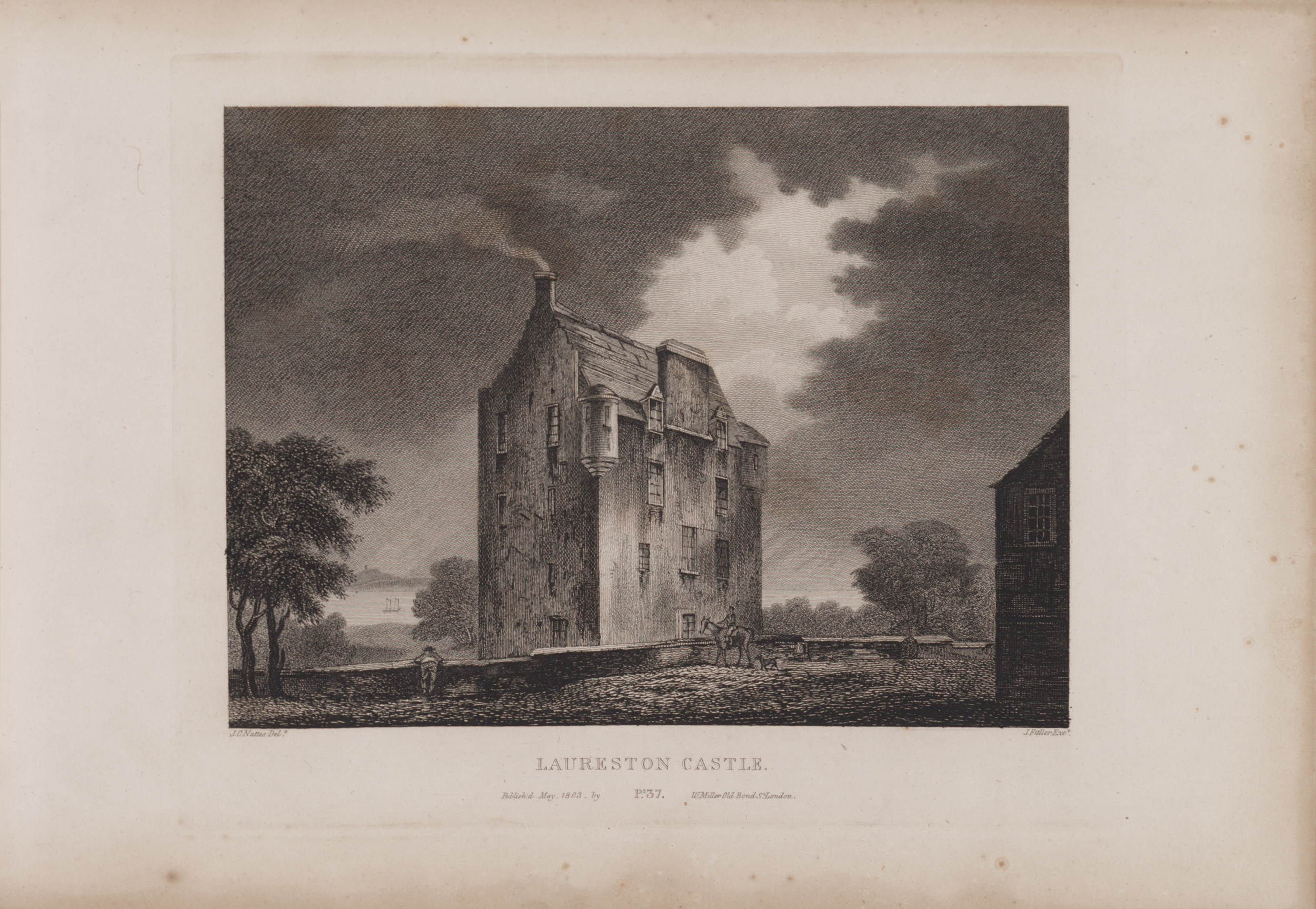


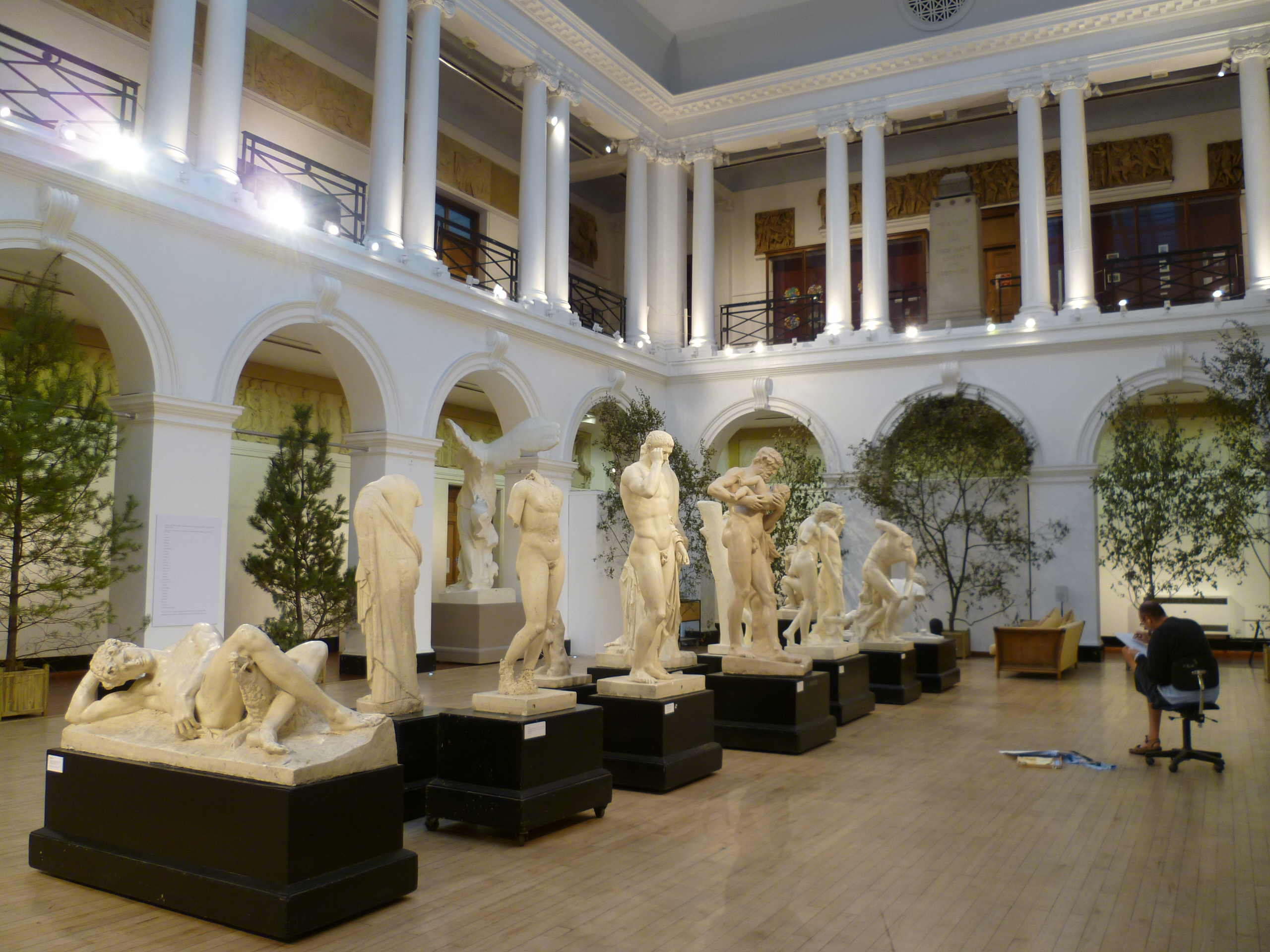
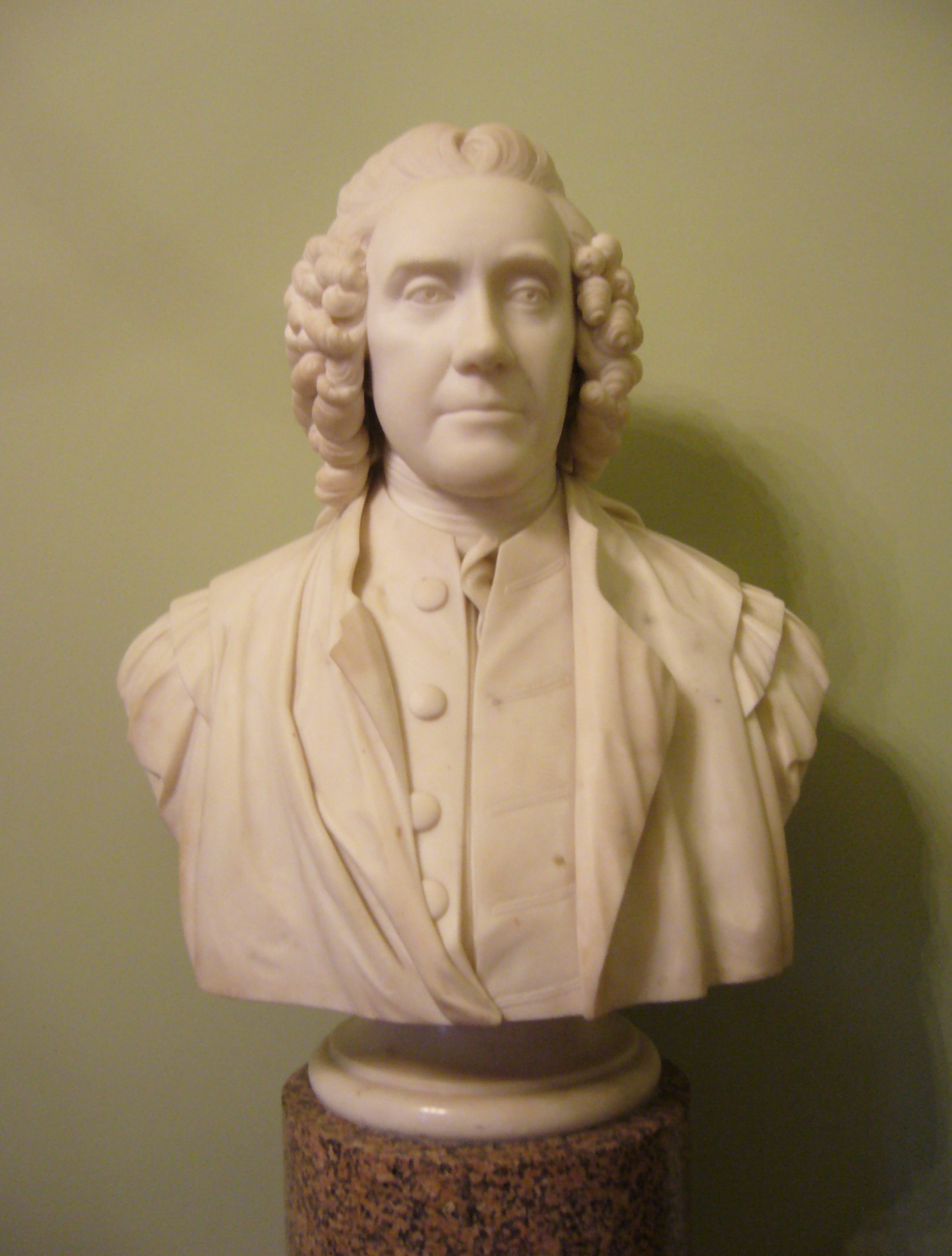



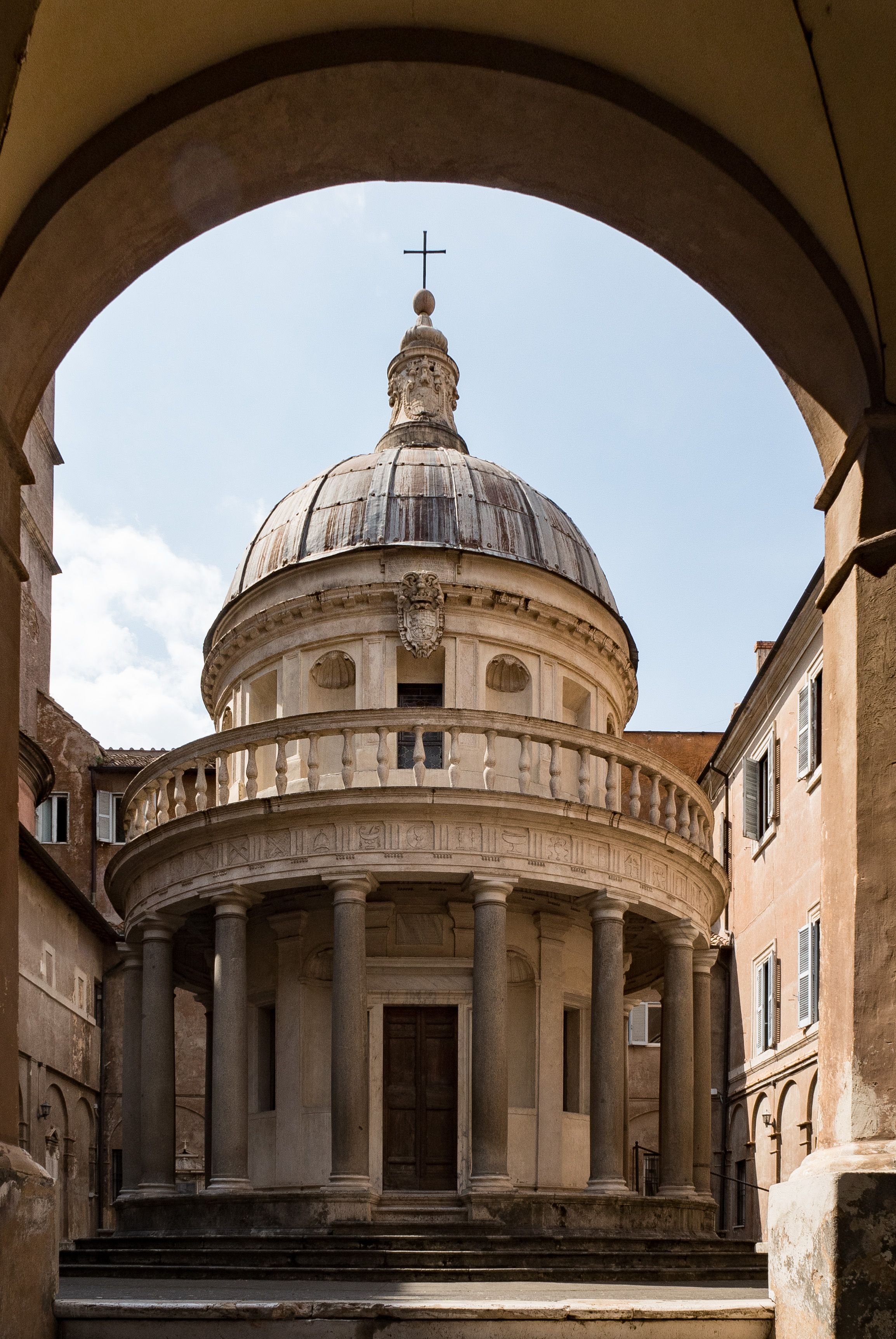
.jpg)
